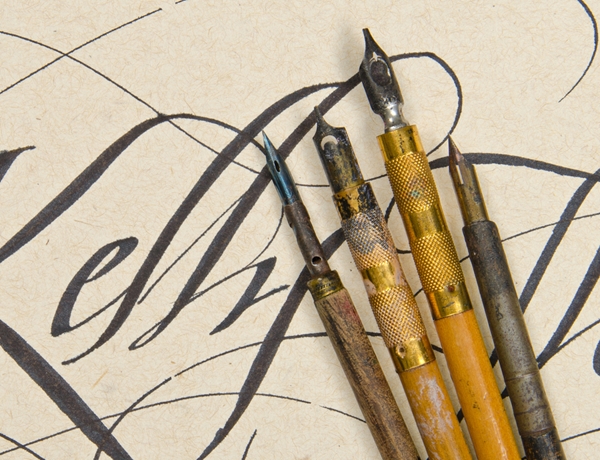The writing instrument you use can help you express your personality and style. However, if you don't know much about various pen types, it can be difficult to find the right pen for you. To help you figure out which tool suits your needs, here is a brief guide to various types you may encounter:
The ballpoint pen
The ballpoint pen is a common writing instrument found in many homes. This is a reliable tool that's easy to maintain and requires no upkeep. The mechanism on this pen is a brass or steel rotating ball that evenly distributes ink as you draw it across a piece of paper. These pens don't leak unless damaged, and the ink dries quickly once it's applied, so you don't have to worry about smudging. However, it also has its drawbacks. For example, cheaper ballpoint pens can have unreliable ink flow – meaning it's hard to get the ink to come out or consistently appear.
The rollerball pen
Similar to the ballpoint, a rollerball pen uses a small mechanism for writing. The difference is in the ink type. Rollerball pens use a water-based ink that flows smoothly when writing and requires little pressure for consistent ink. However, this type of ink also takes longer to dry, so it's easy to smudge the writing, especially if you're left-handed. The easy flow of ink also allows more to escape the cartridge as you write, which means rollerball pens become empty faster than ballpoint ones.
The gel pen
Multicolored writing utensils are fun to have around, and gel pens come in a wide range of hues. This is because the ink used in the tools holds pigment well. The ink also tends to have a higher viscosity than other instruments. Unfortunately, these pens are also known for quickly drying out and having a short life span, so if you use this tool you may have to replace it often.
The fountain pen
If you appreciate an elegant writing tool, then the fountain pen might be what you need. A modern-day version of a traditional dip pen, the fountain pen has an internal receptacle that allows you to write without a separate inkwell. It's fun to have a beautifully adorned pen on hand, and fountain pens often have decorative metal nibs and graceful bodies. Unfortunately, it's not a good idea to lend this pen to a friend. If you do, the pressure applied by that person could change the nib making it harder to use.
The calligraphy or dip pen
People who are just starting to learn calligraphy may think that a fountain pen and a dip pen are the same thing. However, other than the inkwells, there is quite a big difference between the two: the nib. Calligraphy pens tend to have more flexible nibs – this creates the width variation for which calligraphy is known. If you're interested in writing with these width differences, then the dip pen is the one you should be using. Learning to use this tool can take a while to master, but once you do you'll be penning artfully addressed letters and birthday cards to loved ones.

